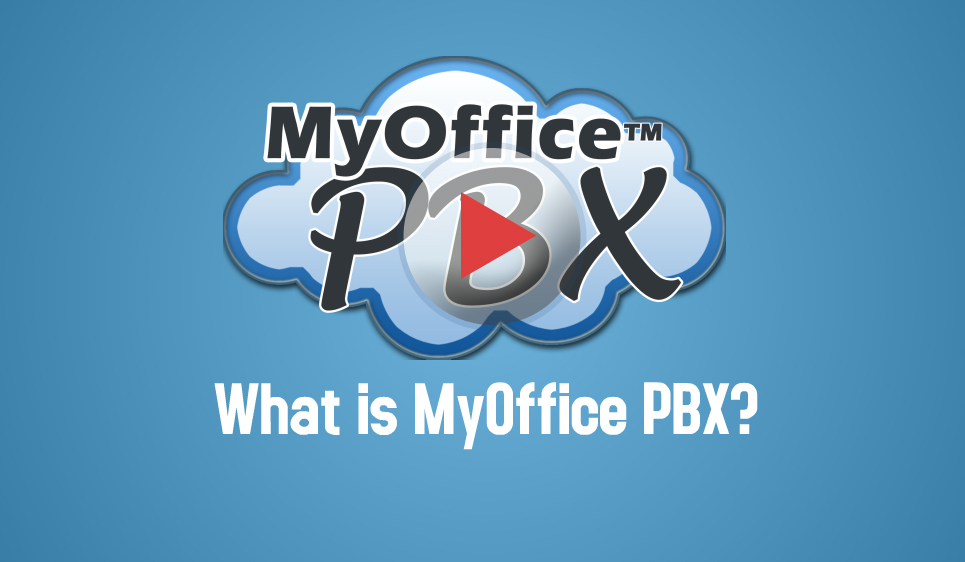What is SIP trunking?
SIP Trunking provides a business phone system access to the public phone system (PSTN). SIP Trunks allow business to use their existing business phone system rather than forklifting it for a completely VoIP based solution. Rather than using traditional phone lines physically delivered by the local phone company, a device called a VoIP gateway is connected to the PBXs trunk port and to the public internet. This allows the existing PBX to be connected to a SIP service provider (like IPComms) where phone services (long distance, direct dial numbers, toll free, etc.) are delivered at cost that is significantly less than traditional phone services.
In addition, there are additional savings incurred as both voice and data are delivered on the same line.
Many businesses will, of course, already have PBX equipment in place. So, by simply adding SIP Trunking to this existing system, business communications are improved and costs are saved as both voice and data are carried on the same line. This, eliminates the need for any additional lines that may be used to send faxes or access the internet.
A major advantage of using SIP trunking is the ability to grow your capacity without limits and typically in real time. However, SIP trunks typically lack the ability to deliver more advanced business phone features and relies solely on the existing PBX for most of the more advanced phone features.
What is a Cloud PBX?
Most businesses would much rather dedicate their staff and resources to managing their customers and products rather than waste time maintaining an on-premise hardware-based PBX. A “Cloud” PBX (also known as a hosted PBX), eliminates the cost associated with the purchase of a business phone system hardware. A Cloud solution delivers all of the advanced phone features and services to its businesses through the internet. Typically, the only thing need by the business itself are IP enabled phones or PC based softphones.
Cloud PBXs doesn’t require investing in on-premise hardware, so PBX maintenance, software upgrades, power management, and license fees are the sole responsibility of the Cloud PBX service provider rather than the business itself. requires frequent maintenance—and is constantly and quickly depreciating. Service is typically activated in minutes rather than days, and the features are typically far more advanced than anything the average small to mid-sized business could afford or manage themselves.
SIP Trunking or Cloud PBX, which is right for my business?
In general, one of the main things to consider when choosing to deploy SIP trunking or a Cloud PBX is going to be whether a business has recently already invested in PBX hardware. Businesses with no existing PBX solution will benefit far more with a Cloud PBX than with SIP trunking. Smaller businesses, or businesses without live-in technical staff, typically do not want to bother with purchasing, installing and maintaining the hardware needed to deploy a new phone system. In addition, businesses with existing phone systems that are severely outdated or require big-business phone features are usually much better off simply deploying a new Cloud based business phone system, rather than investing in upgrading their existing PBX hardware and software.
SIP Trunking, on the other hand, is more suited for organizations are not willing to abandon their existing hardware based PBX equipment for internal or investment reasons. In some cases, existing PBX hardware might be integral to other business systems (e.g. accounting software, sales tools, marketing systems, etc.). If a company is simply not in the position to scrap their existing phone system altogether, SIP trunking is better suited as a means to add the benefits and savings of VoIP to their existing PBX equipment and is typically a very quick and easy addition to make.
SIP Trunking & Cloud PBX – A Hybrid solution
Another very common and rather effective way to reap the benefits of VoIP rates and features, even if you have an existing PBX that you have no plans of getting rid of any time soon, is the deployment of both SIP trunking and Cloud based PBX services. Cloud based systems are relatively inexpensive to deploy even at very small roll-outs. So, adding a couple of phones with advanced Cloud features to a business that also currently also has a hardware PBX solution might be a great Segway into the Cloud. Cloud systems can forward calls to your existing PBX, while also enabling advanced features like queuing, call recording, and automated attendants. It could be the best of both worlds.
As you can see, SIP Trunking and Cloud PBXs have their advantages when properly paired with the right business. Understanding their strengths and proper fit to one’s business is the best way to get the best solution. If you need help making this decision, feel free to give us a call. We have years of experience helping businesses like yours through these decisions.
